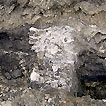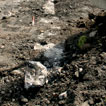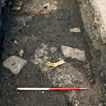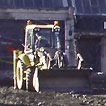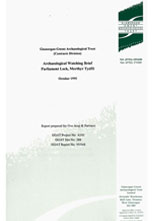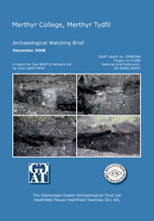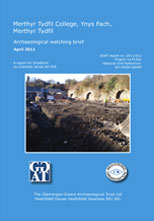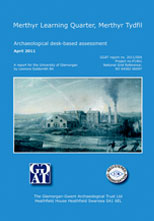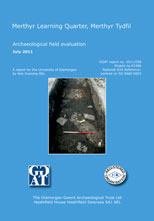The Glamorgan-Gwent Archaeological Trust Ltd.
Archaeology in Wales
Previous work at Ynysfach
Numerous investigations have been undertaken by the Glamorgan-Gwent Archaeological Trust within the area of the Ynysfach Ironworks. These earlier works included desk-based reports and watching briefs and evaluations which revealed only piecemeal fragments of the ironworks.
1995 – a watching brief associated with drainage works in the area of Parliament Lock. This watching brief found that the Glamorganshire Canal had been previously backfilled (Lawler 1995).
2008 - an archaeological desk-based assessment was undertaken (Egloff 2008a) in advance of a development to expand the college westward towards the blast furnaces. A watching brief was then carried out on a series of geotechnical test pitting and trial trenching which revealed that buildings associated with the Ynysfach Ironworks casting houses were still extant in places (Egloff 2008b).
2009 - construction work began on the college extension under watching brief conditions (James 2011). During the construction, a set of in situ tram rails was uncovered as well as the garden wall of the terraced housing to the north of the site, shown on the first edition Ordinance Survey map.
2011 - an archaeological desk-based assessment was carried out (Goldsmith 2011) and subsequent archaeological field evaluation (Dunning 2011) prior to the construction of Merthyr Learning Quarter. The evaluation showed that residual structures and in situ tramroads relating to the ironworks were preserved in this area and the likelihood of encountering the archaeology during the main program of works was high. Based on this information, a watching brief on the development was recommended. During the watching brief the remains of the boiler house complex, standing over 2.0m high in places, were exposed. This lead to a large scale excavation being undertaken by the Glamorgan-Gwent Archaeological Trust between August 2011 and January 2012.
Reports
(click on an image to open report)
